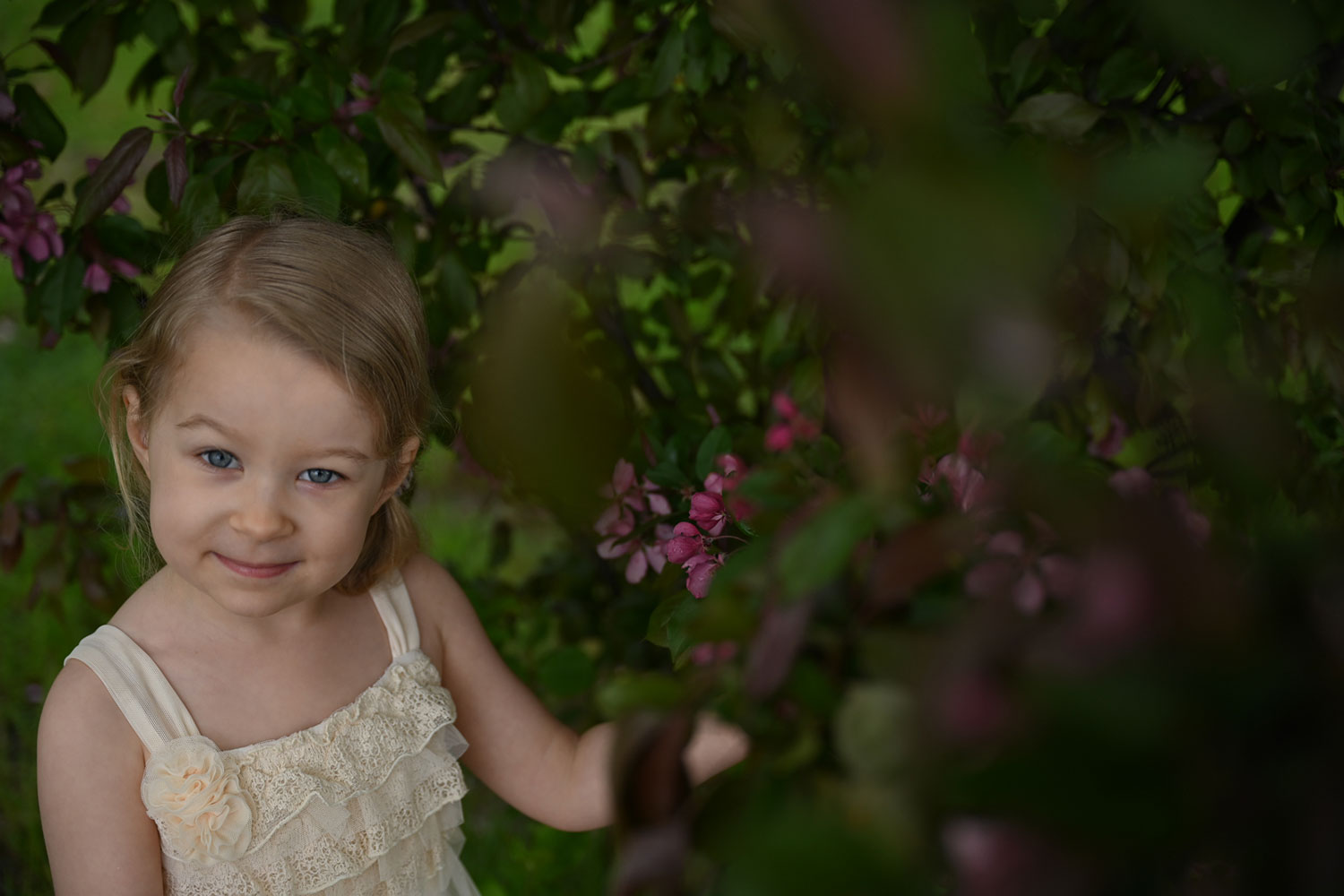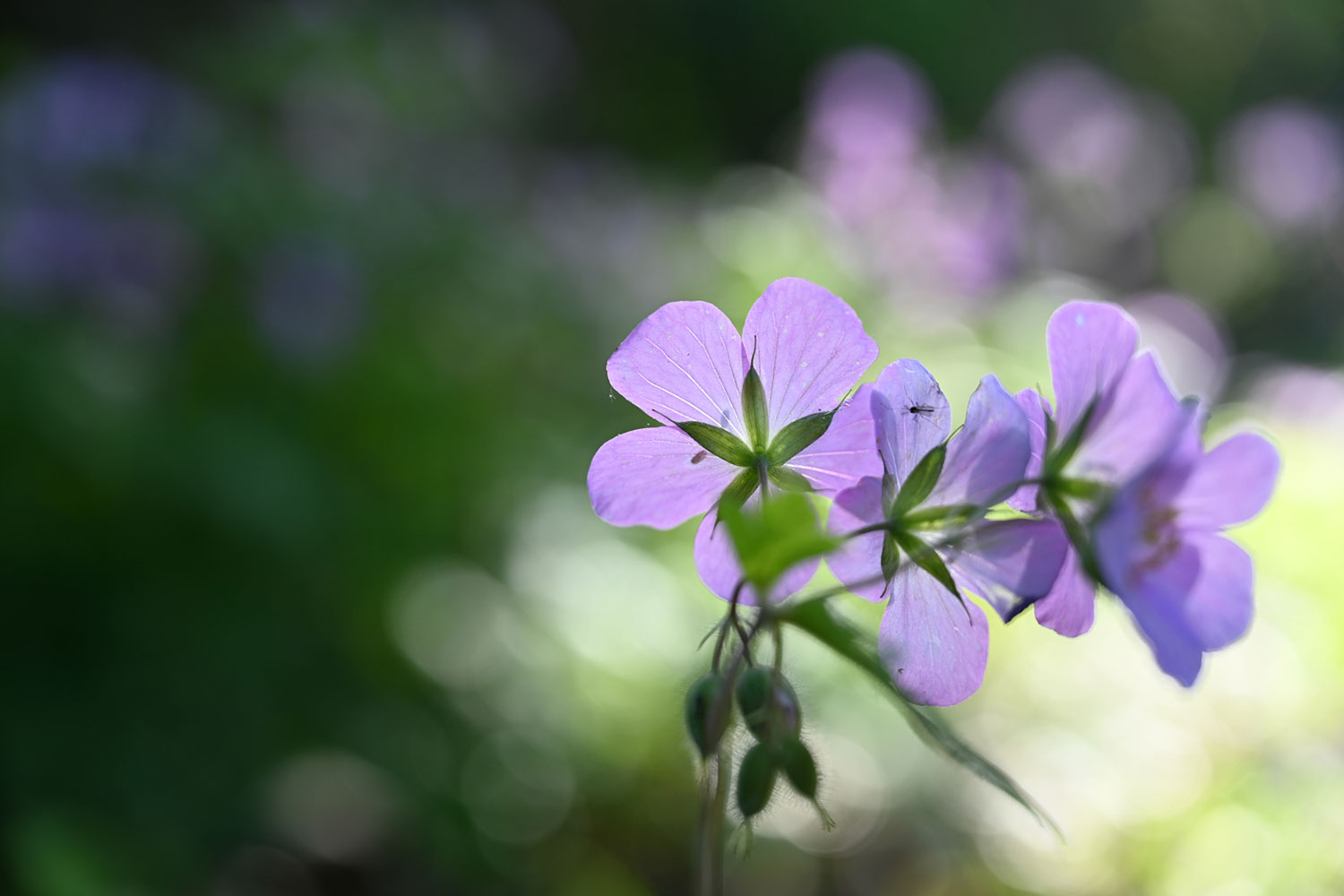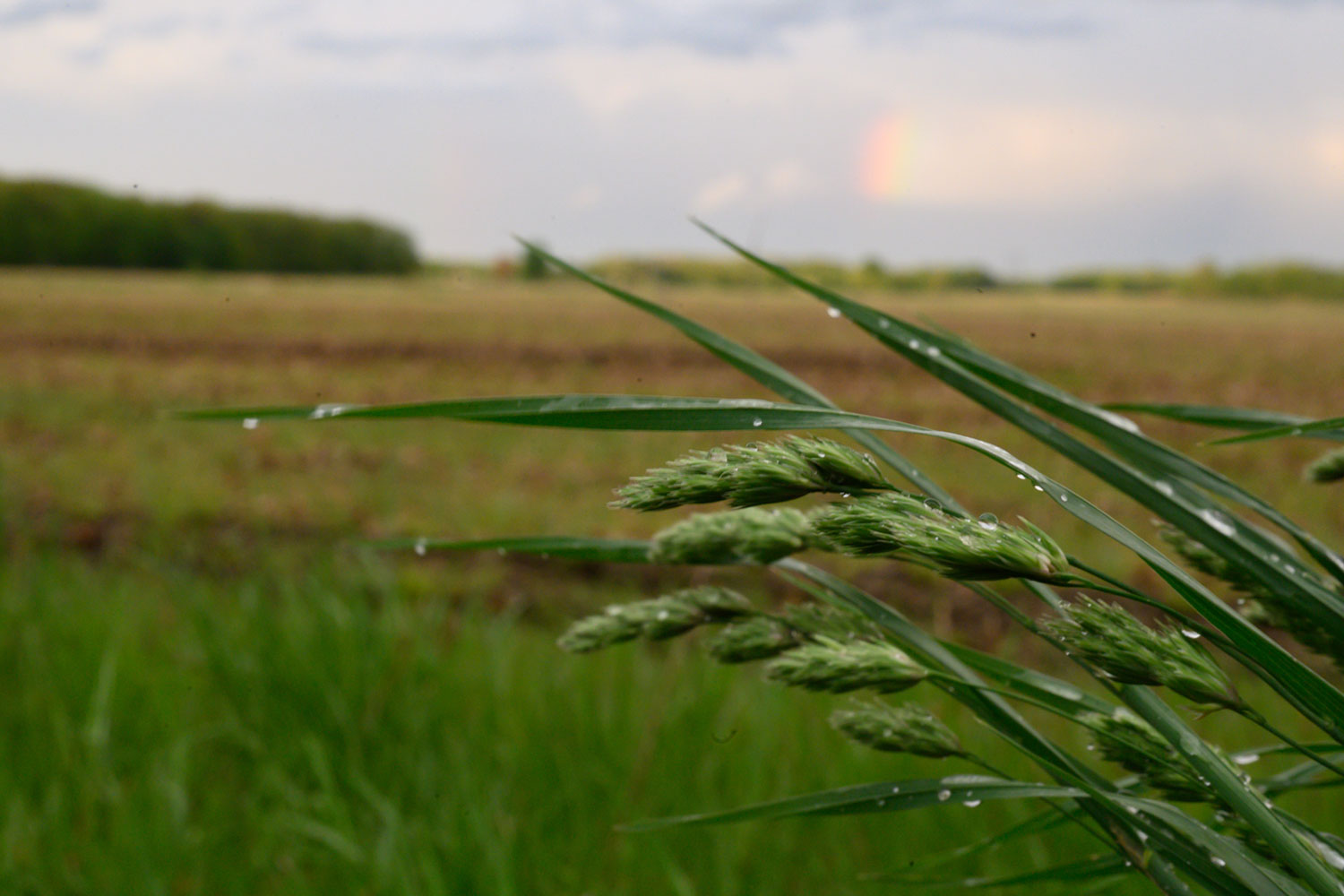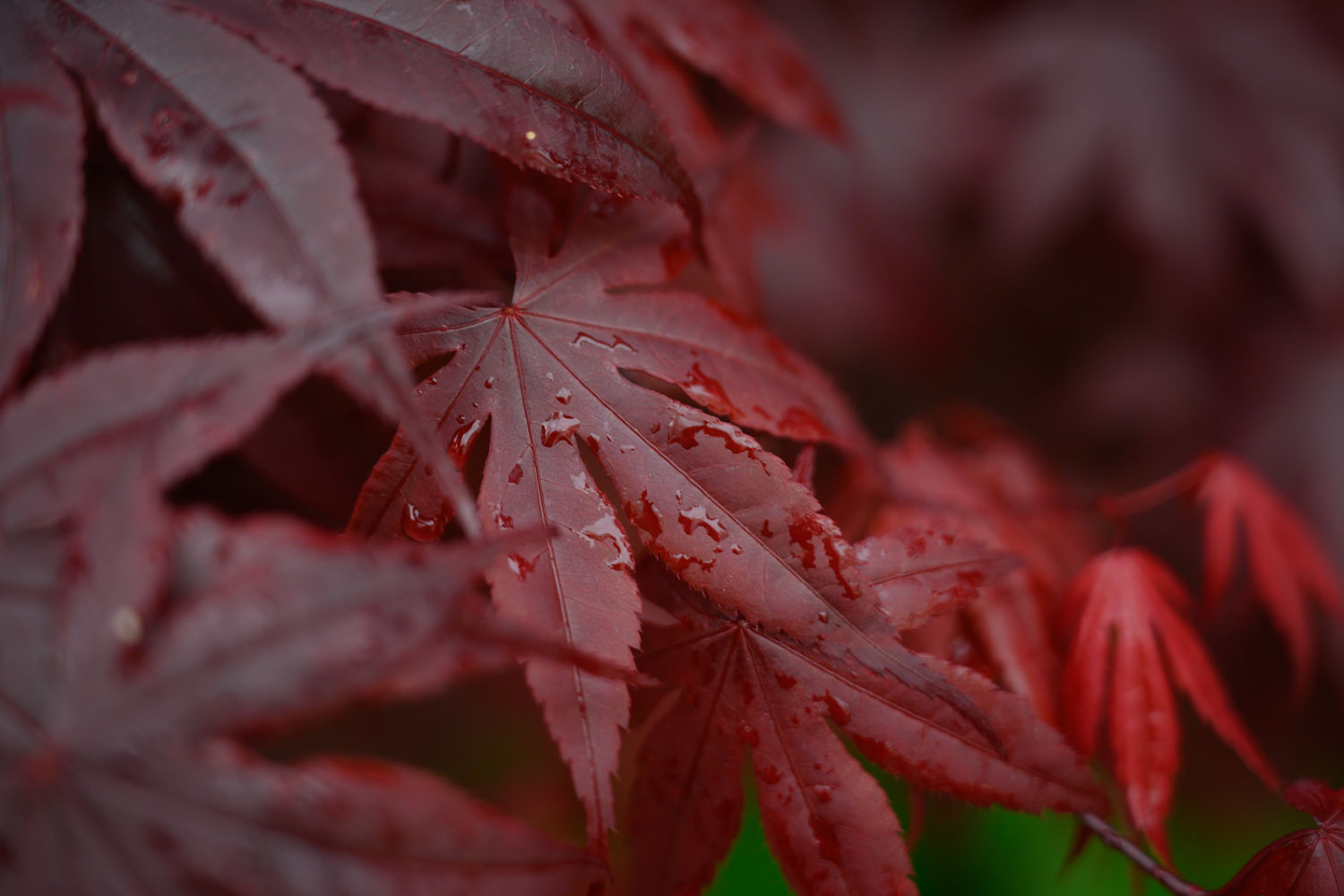- Very sharp
- Minimal chromatic abberation and distortion
- Weather-sealed
- LCD focus scale
- Custom ring is easy to bump
- More expensive than similar F-mount lens
The Nikon Z series launched as a mirrorless line designed for serious photographers, but it lacked a key lens that such customers have made so popular in other systems. That changed with the introduction of the Nikkor Z 24-70mm f/2.8 S, a classic workhorse lens that combines a midrange zoom with a bright aperture.
This isn’t a simple remake of Nikon’s 24-70mm f/2.8 F-mount lens for DSLRs. It’s a new design, and Nikon has thrown in a handful of new features with the Z mount version, including two drive motors for enhanced autofocus performance and a new coating for combating flare. The second 24-70mm lens in the young Z line-up following the f/4 model, this new one is both larger and heavier thanks to the bigger aperture.
It’s also more expensive, at $2,300. But with a mix of sharp looks with sharp optics, the Nikkor Z 24-70mm f/2.8 S is an ideal match for the Z 6 and Z 7 bodies for photographers who need a capable, all-around lens.
Durable design
Like the Z 6 and Z 7 bodies, the Nikkor Z 24-70mm f/2.8 S is sealed against dust and moisture. Compared to a DSLR lens, the Z 24-70mm sports a more modern look that matches well with Nikon’s mirrorless bodies, but it still looks just as robust and ready for serious work.
Near the mount, the lens houses an auto to manual focus switch that is instantly recognizable among DSLR users, along with the usual zoom and focus rings — but that’s about where the DSLR similarities start to fizzle out. Instead of printing the focus scale on the camera, the top of the lens houses an LCD display for that information. Besides cleaning up the look of the lens, the LCD allows the focus scale to be read even in the dark, like the top LCD screen on the camera bodies (never mind that the Z 6 and Z 7 bodies lack the illuminated buttons of DSLRs like the D850). Considering manual focus is often called on for focusing in the dark, like when photographing the stars, that’s a nice change. A nearby button turns the display on and off, while a second L-Fn allows for a customizable shortcut on the lens itself.
A third ring, situated closest to the mount offers one more custom control option. Moving just as smooth as the zoom and focus rings, the custom ring can be set to different controls inside the camera’s custom menu settings to control aperture or exposure compensation. While convenient, I did find the aperture sometimes changed unexpectedly, probably after I bumped the control ring or simply reached for the wrong ring. (If this becomes a problem for you, you can turn the control ring off.)
The Z lens is about six ounces lighter than the F-mount equivalent, tipping the scales at 24.8 ounces. While lighter than the DSLR equivalent, that’s still a good-sized lens. Mounted on the Nikon Z 6, the pair tended to feel a bit front-heavy. Of course, using the DSLR lens and FTZ adapter, which adds 4.8 ounces, would be even more front-heavy.
Lengthwise, the lens is nearly five inches. That’s longer than the f/4 version, but that’s to be expected. We’re glad that Nikon is giving customers options with both a compact, lightweight 24-70mm and a heavier, pro-oriented one.
Versatile, quiet performance
The Nikkor Z 24-70mm F/2.8 S houses two autofocus drive motors as part of Nikon’s new Multi-Focus system. Nikon says the upgrade allows for faster, more accurate autofocusing. In real-world use, compared to an adapted F-mount lens, we noticed improvements when focusing on close subjects. The Z-mount lens seemed to have an easier time focusing on objects near the close-focus limit (which is 1.25 feet for the 24-70mm). There may be enhancements across the board compared to using an F-mount lens adapted to the same body, but focusing on close subjects is where we noticed a clear difference.
Autofocus performed right where we’d expect, locking onto subjects in most scenarios quickly.
Autofocus overall performed right where we’d expect a pro-level lens, locking onto subjects in most scenarios quickly. The lens also didn’t seem to have any trouble working with backlit subjects like some cheaper lenses can often struggle with. Of course, part of the autofocus performance is in the body of the camera — and while the Z 6 and Z 7 have good autofocus systems, they don’t perform quite as well in low light compared to Nikon’s DSLRs.
When Nikon said that the autofocus motors are quiet, they meant it. You have to really listen to hear this lens focus. While not perfectly silent, the lens is quiet enough not to disrupt the most sensitive environments when paired with the silent photography mode on the Z 6 and Z 7 bodies. For weddings or wildlife photography, this is perfect.
Impressive image quality
One of the reasons for switching to an entirely new lens mount in the Z series is for a wider mount diameter and shorter flange distance, which the company says allows for sharper lenses. And on that note, the Nikkor Z 24-70mm f/2.8 S definitely delivers.
Even shooting wide open, images are very sharp at the center. Edge sharpness is also good, but can be improved by stopping the aperture down. Compared to the first-generation 24-70mm F-mount lens in my own DSLR kit, the Z lens was also sharper towards the edges. Center sharpness was closer between the two, but the Z lens took the edge there, as well. Performance was also consistent between 24mm and at 70mm.
As a full-frame f/2.8 lens, a shallow depth of field is easy to create, particularly at 70mm. Blur circles are round with soft edges, so even the pickiest bokeh critics should be happy.
Shooting high contrast images into the sun, we didn’t spot any noticeable chromatic aberration or colored fringing. Nikon says that reducing aberration is another feature of the new Multi-Focus system, and it seems to work.
There’s some flare when pointed directly at the sun, but no more than we’d expect for any given lens. Even at the widest angle, barrel distortion is minimal. Straight lines stayed straight except for a very slight bend at 24mm that would have gone unnoticed without close inspection. At 70mm, we didn’t spot any pincushion distortion.
Warranty Information
Like new Nikon cameras, lenses come with a one-year limited warranty.
Our Take
With a fast aperture, versatile zoom range, weather-sealed exterior, and sharp optics, there’s a lot to love about the Nikkor Z 24-70mm f/2.8 S. The lens will likely be as easily loved — and probably more so — among photographers as the F-mount 24-70mm. Priced at about $2,300, it sits at a price that may be high, but is fair for the quality and versatility.
Is there a better alternative?
The Nikkor Z 24-70mm f/4 sits at a much more affordable price of under $1,000 and also boasts similar sharpness and high-end design. But, it has a narrower aperture that rules it out for many working in low light conditions or wanting to that extra bit of depth of field control.
The Z lens is also more compact, and sharper, than the AF-S Nikkor 24-70mm f/2.8 G ED F-mount lens, which can be found for under $1,500. With a price difference that significant, some photographers may be OK sticking with an adapter and slightly worse results.
Nikon also has the $1,900 AF-S Nikkor 24-70mm f/2.8E ED VR, a stabilized version of the DSLR lens. It likely isn’t worth the extra cost if pairing with the Z 6 or Z 7, however, which have in-body stabilization.
How long will it last?
The dust and weather-sealing should help this lens outlast the Z 6 and Z 7 camera bodies, barring any major mishaps. Lenses tend to have a longer lifespan before there’s something better out on the market, so this lens could easily be shooting on second and third generation Z series cameras and beyond.
Should you buy it?
There’s no question that the Nikkor Z 24-70mm f/2.8 S is an excellent lens — it’s sharp, well designed and an excellent companion to the Z bodies. The question instead is whether those differences are worth the extra expense. For professionals concerned with the best image quality, we think the answer is yes. More casual users may want to opt for the f/4 model, however.


























